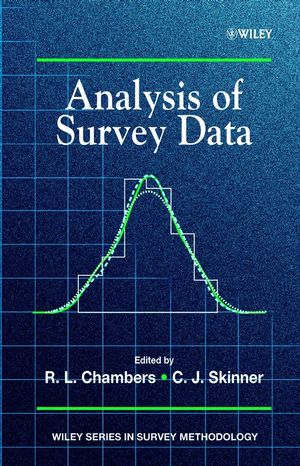

Also, in 1984 the source code for S became licensed through AT&T Software Sales for education and commercial purposes.īy 1988, many changes were made to S and the syntax of the language. In 1984 two books were published by the research team at Bell Laboratories: S: An Interactive Environment for Data Analysis and Graphics (1984 Brown Book) and Extending the S System. In 1980 the first version of S was distributed outside Bell Laboratories and in 1981 source versions were made available.

In late 1979, S was ported from GCOS to UNIX, which would become the new primary platform. When UNIX/32V was ported to the (then new) 32-bit DEC VAX, computing on the Unix platform became feasible for S. The name 'S' (used with single quotation marks until 1979) was chosen, as it was a common letter in the suggestions and consistent with other programming languages designed from the same institution at the time (namely the C programming language). At this time, S was unnamed, and suggestions included ISCS (Interactive SCS), SCS (Statistical Computing System), and SAS (Statistical Analysis System) (which was already taken: see SAS System). The first working version of S was built in 1976, and operated on the GCOS operating system. Early design decisions that hold even today include interactive graphics devices (printers and character terminals at the time), and providing easily accessible documentation for the functions. Up to that time, much of the statistical computing was done by directly calling Fortran subroutines however, S was designed to offer an alternate and more interactive approach. S is one of several statistical computing languages that were designed at Bell Laboratories, and first took form between 1975–1976.


 0 kommentar(er)
0 kommentar(er)
